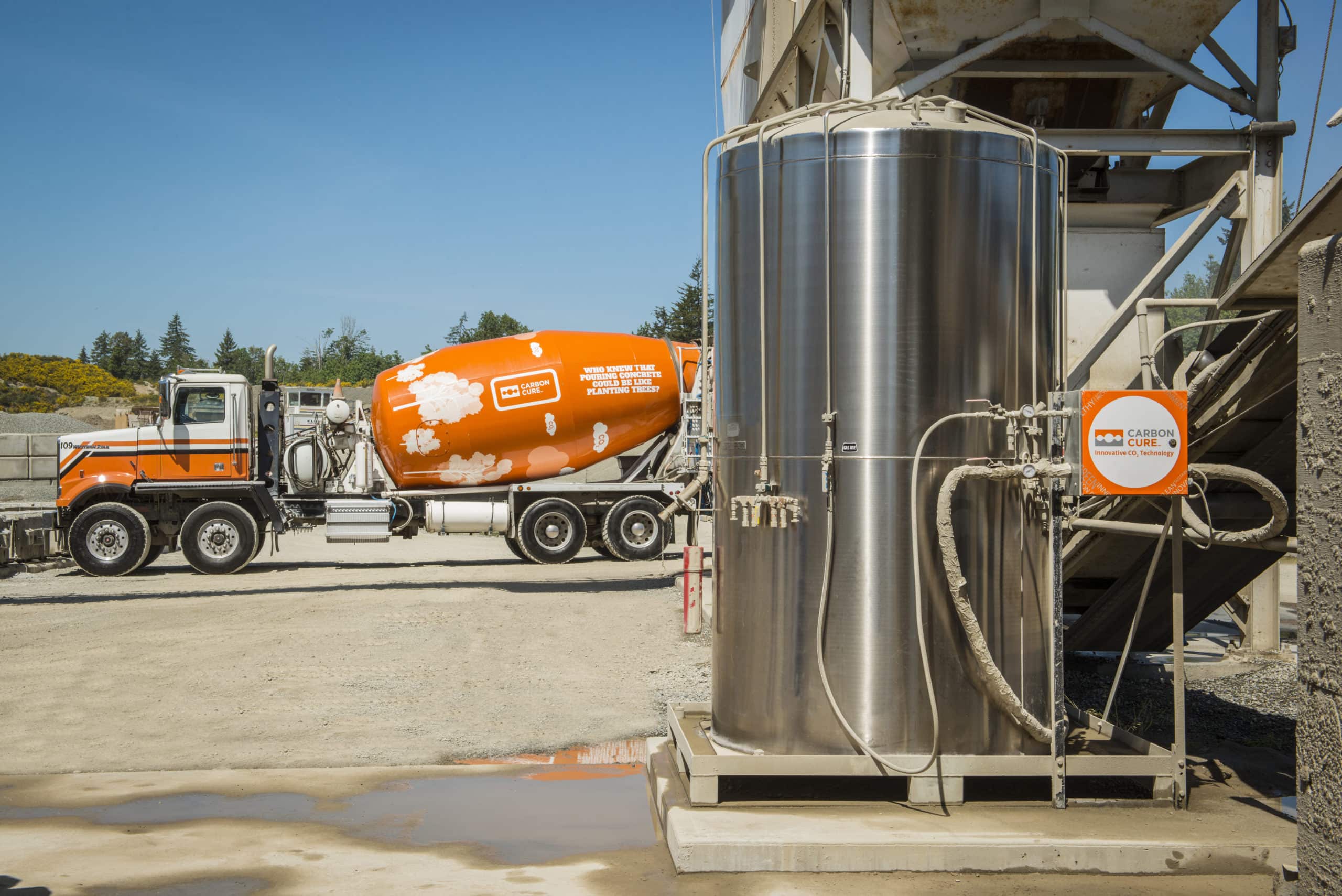


The Indianapolis Airport Authority has been recognised for adopting an environmentally sustainable approach to its current runway and taxiway reconstruction project at Indianapolis International Airport. The project represents the first-ever Federal Aviation Administration (FAA)-approved design for an airfield project using carbon-capture technology.
Designed by Circle City Aviation Partners, the US$190 million revamp project uses captured carbon dioxide in the runway’s new concrete mix to prevent the CO2 from contributing to global warming. Meanwhile, the existing runway concrete will be crushed into gravel on site and recycled directly back into the project.
The project is based on CarbonCure technology, which introduces recycled CO2 into fresh concrete to reduce its carbon footprint without compromising performance. Once injected, the CO2 undergoes mineralisation and is permanently embedded.
The runway revamp will also incorporate solar photovoltaic energy production and battery storage, which will offset electrical consumption used in the reconstruction. In addition, the project will incorporate a 1,000 kw direct-current solar PV system that is anticipated to generate renewable energy production to exceed the reconstruction’s expected electricity consumption. The excess energy will then serve additional loads on the airfield, including other airfield electrical systems located beyond the construction site.
Indianapolis Airport’s project has earned praise from the Institute for Sustainable Infrastructure (ISI), becoming the first airfield project in the world to be awarded the Envision Platinum Award – the institute’s highest award for sustainability and resiliency.
“The Indy Airport is a public asset that is essential to the community and our job here at the Indianapolis Airport Authority (IAA) is to ensure that asset maintains or increases its value and function, and to do it in a way that is environmentally responsible,” explained Mario Rodriguez, IAA Executive Director.
“This award underscores that the runway reconstruction is an excellent example of how to achieve both of those commitments to the community.”
Alongside the project’s renewable energy measures and novel use of technology to reduce carbon emissions, it has also been recognised for its contribution to the local economy and workforce development, its use of life-cycle economic analysis and its approach to working with partners.
Melissa Peneycad, ISS Managing Director, said: “The project team recognised the potential for job creation with the project but went much further, collaborating with local partners to address opportunity gaps and proposing an even stronger community impact.”
Economic analyses show that for each dollar spent on the runway and taxiway reconstruction, an additional $0.80 of economic activity in Marion County will be generated. The project will also create more than 2700 jobs and has seen more than $14.2 million spent to date with at least 15 diverse businesses. The IAA anticipates more diverse business participation as the project proceeds in subsequent years -with construction expected to be complete in 2024.
“This project has pushed the boundaries of what sustainability means for airport infrastructure,” said Todd Cavender, IAA Director of Environment and Sustainability. “We’ll take these lessons learned and continue to elevate our sustainability commitment in strategic projects moving forward.”
The 150-foot-wide by 10,000-foot-long runway project, which supports most cargo operations at the airport along with commercial airline traffic, has also recently helped the airport receive the Airports Council International (ACI) North America’s 2022 Environmental Achievement Award, as well re-certification of Level 3 Optimization designation in the Airport Carbon Accreditation programme.






